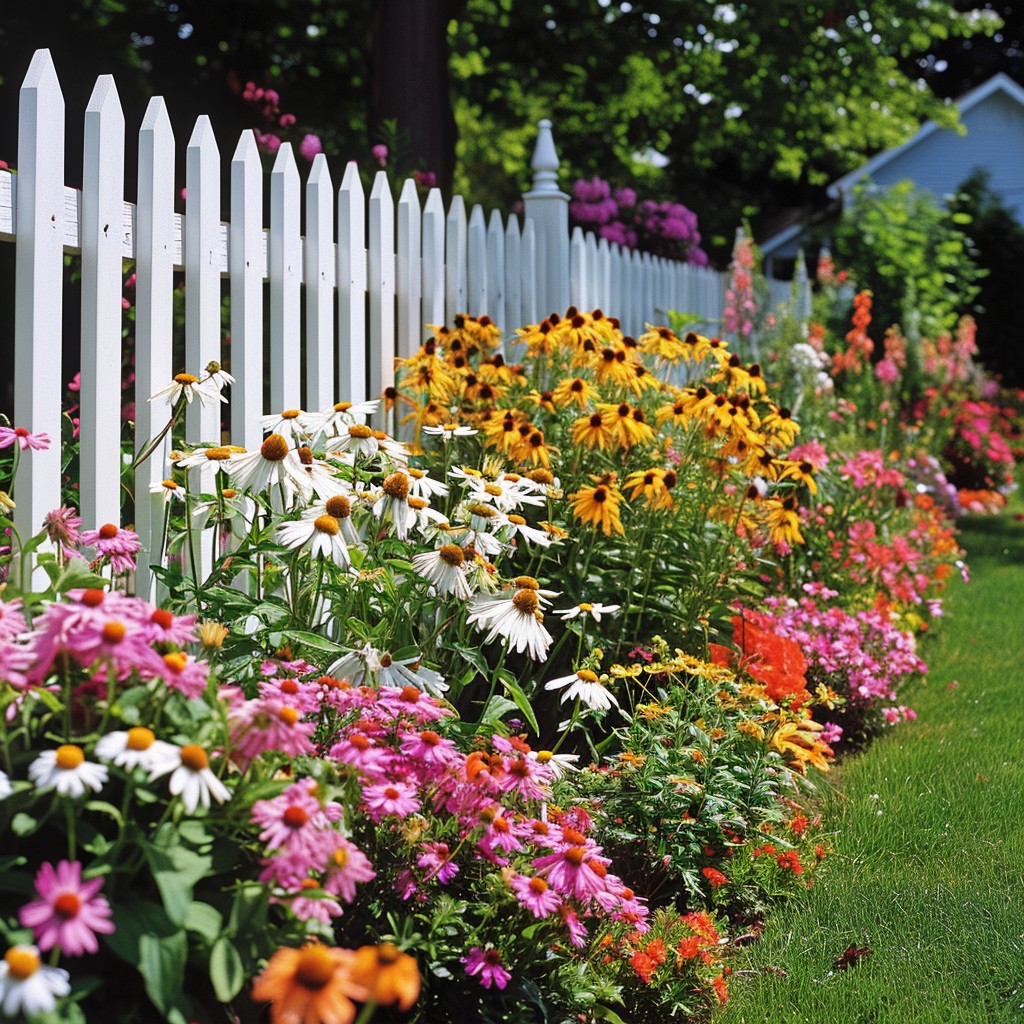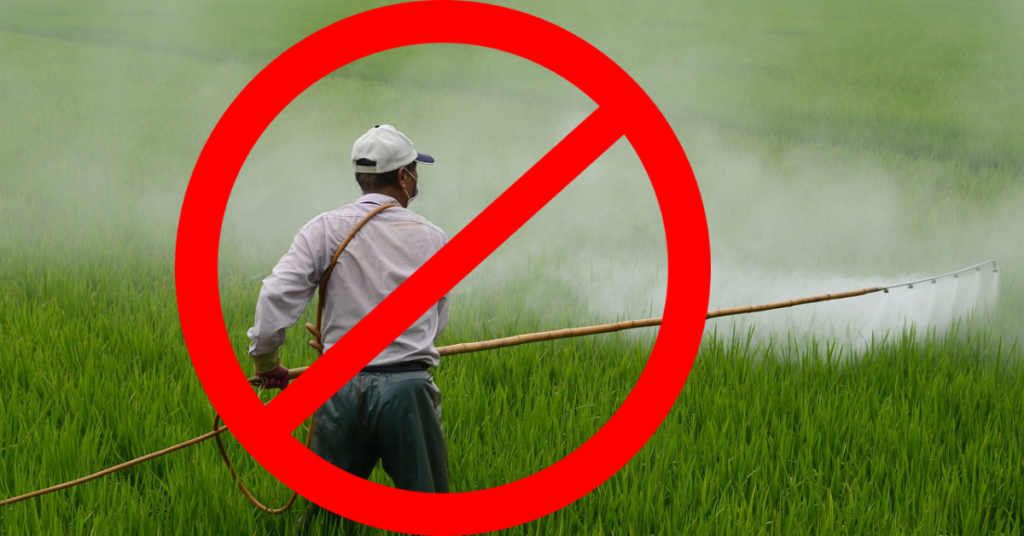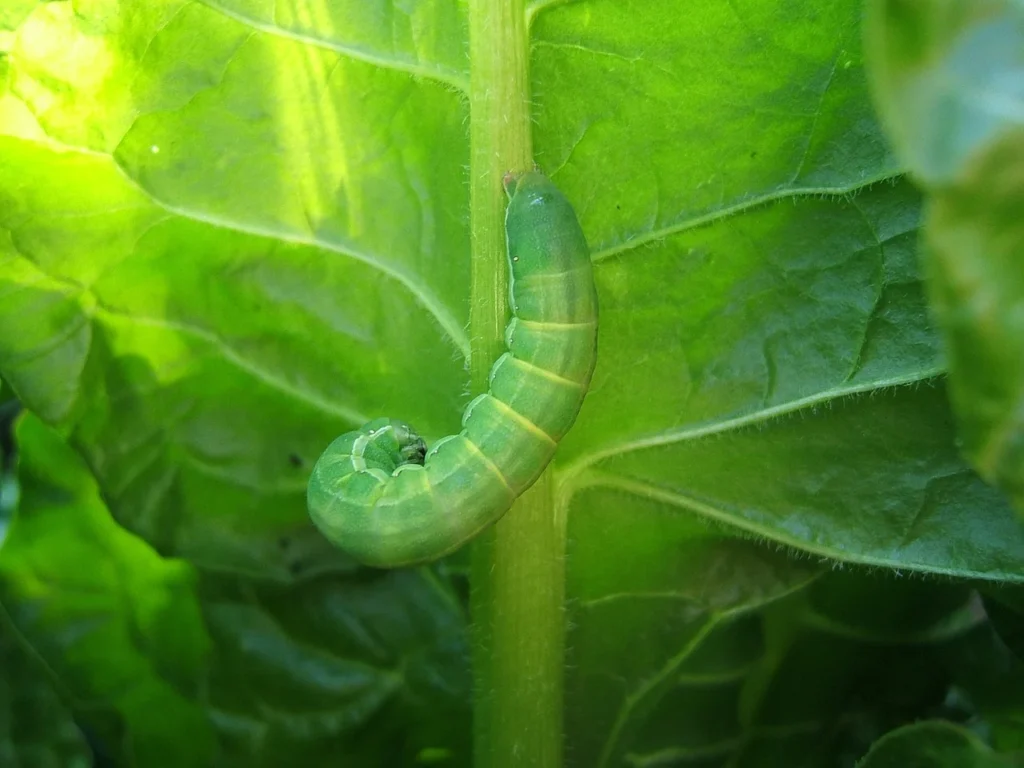Food security has been the most concerning issue throughout the history of human civilization. Once we were just hunter-gatherers, but by learning different techniques and with the touch of technology, we have come a long way in ensuring food security.
The production of the food we eat every day largely depends on pollinators. It is a matter of regret that we are about to forget their contribution in the face of urbanization and development. We are destroying their habitats by cutting down trees and arbitrarily using chemicals on crops, which directly affects their food sources. It seems the world has forgotten that almost two-thirds of our food comes from the direct help of pollinators.
Creating a pollinator-friendly garden is much more helpful for protecting biodiversity and the ecosystem than you might think. By providing a heavenly habitat for bees, butterflies, birds, hornets, and other pollinating insects, you can contribute to the health of ecosystems while enjoying the beauty and tranquility of your outdoor space. We must coexist with nature to ensure the very existence of human beings.
Understanding the Importance of Pollinators
Before discussing the creation of a pollinator friendly garden, it’s essential to understand why these creatures are so vital to our planet. Pollinators play a crucial role in the reproduction of almost every flowering plant, transferring pollen from one flower to another and assisting in the process of fertilization. This process is essential to produce fruits, vegetables, and seeds.
Bees, in particular, are among the most efficient and effective pollinators. However, butterflies, moths, beetles, flies, and even some birds and bats also contribute to pollination. Unfortunately, many pollinator species are facing threats such as habitat loss, pesticide use, climate change, and disease, leading to population declines in many areas.
Creating a Pollinator-Friendly Garden: A Step-by-Step Guide
Now that we understand the role of pollinators, let’s explore how to create a welcoming habitat for them in your backyard. My recommendation is that you follow these steps to cultivate a flourishing pollinator garden:
Choosing the Right Spot:
To make a pollinator garden thrive, you need to consider some criteria for choosing the right place for your garden. Your selected location must have sunshine all day long or at least 6 hours of direct sunlight a day. A water source is another important factor for pollinator gardens. You need an easily accessible water source to water the plants and also for the pollinator guests to drink and cool off on hot days.
Selecting the Right Plants:
Choosing the right plants is the foundation of a successful pollinator garden. I think it is better to select diverse native flowers, herbs, shrubs, and trees that provide nectar and pollen throughout the growing season. Native plants are easily adapted to the local climate and soil conditions, making them well-suited to support native pollinator species. Sometimes you may not even need to use fertilizers to grow them.
Some excellent choices for a pollinator garden are:
Coneflowers (Echinacea spp.), Bee balm (Monarda spp.), Milkweed (Asclepias spp.), Lavender (Lavandula spp.), Butterfly bush (Buddleia spp.), Goldenrod (Solidago spp.), Joe-Pye weed (Eutrochium spp.), Penstemon (Penstemon spp.) etc.
Avoid Hybrid Flowers:
Hybrid flowers are cultivated only for ornamental purposes. They only bloom well while depriving pollinators of pollen and nectar.
Plant a Variety of Flowers:

Incorporate a variety of flower plants with different shapes, colors, and bloom times. In this way, you can attract a diverse array of pollinators to your garden.
Planting from Seed or Seedling:
You can plant either from seeds or seedlings. Planting from seed is an economical and rewarding way to establish a pollinator garden. Start by amending your soil by removing weeds and adding compost or organic matter to improve fertility and drainage. Then, sow your chosen seeds according to the instructions on the packet. Provide them with adequate water, sunlight, and proper care.
Before selecting seeds, look carefully to see if they are labeled as pollinator-friendly or native to your region. Many seed companies offer specialized pollinator seed mixes that are specifically designed to attract and support bees, butterflies, and other pollinators.
If you want to grow from seedlings, one of the better options is to go to the local nursery or a garden store. They can provide you with the best suggestions about choosing the right plants for your region. You may get help from local farmers who have pollinator gardens too. You might get some of their extra seedlings for free.
Creating Habitat:
In addition to providing food sources, a pollinator-friendly garden should also offer a suitable habitat for nesting, shelter, and overwintering for pollinators. Incorporate features like rocks, logs, and native grasses into your garden to create hiding spots and nesting sites for bees and other insects. Leave some areas of bare soil for ground-nesting bees, and consider installing bee hotels or nesting boxes for cavity-nesting species too.
Some pollinators overwinter in the leaf litter of your garden. Therefore, keep the leaves throughout the winter season to save their habitat.
Minimize chemical use

It’s essential to minimize the use of pesticides and other harmful chemicals while creating a pollinator-friendly garden. Synthetic pesticides can be toxic to pollinators and other beneficial insects. Instead, practice integrated pest management techniques, such as crop rotation, companion planting, and mechanical removal of pests.
Incorporate natural predators like ladybugs, lacewings, and parasitic wasps to help keep pest populations in check. By creating a balanced ecosystem, you can reduce the need for synthetic chemicals while promoting the health and well-being of pollinators.
Maintaining Your Garden and Keep Going:
Regular maintenance is key to keeping your pollinator garden healthy and vibrant. Be sure to water, weed, and prune your plants as needed to encourage robust growth and flowering.
Take the time to observe and appreciate the diversity of pollinators that visit your garden, and don’t be afraid to make adjustments based on their preferences and behavior. Keep a record of which plants are most attractive to pollinators and make notes for future reference.
Your first pollinator garden might not be successful. You can have germination issues, the death of plants, and so on. However, you need to keep going for a greater cause.
Finally, creating a pollinator-friendly garden is a rewarding and meaningful endeavor that anyone can undertake. By following these steps, you can cultivate a thriving habitat for bees, butterflies, and other pollinators in your backyard and make your home a paradise on this earth.





